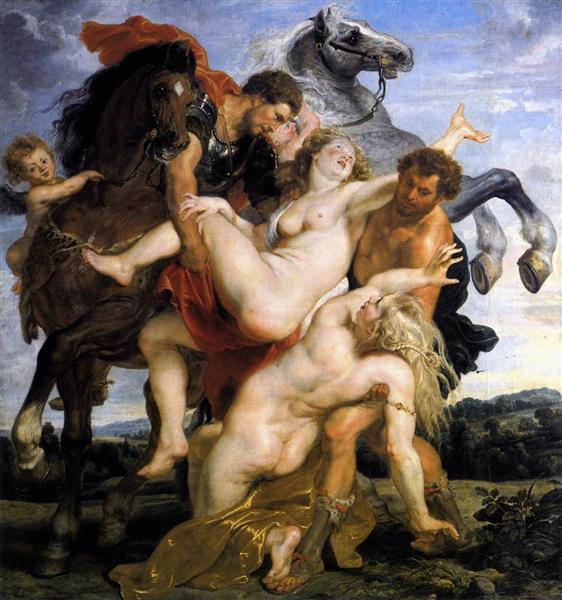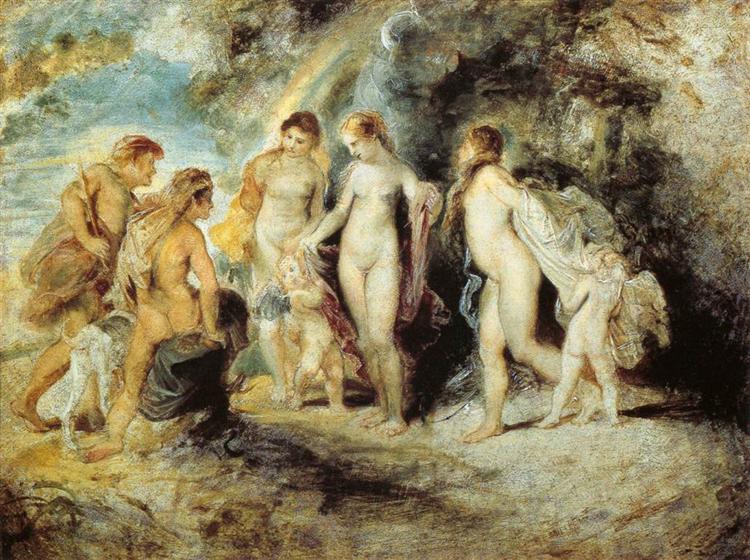The very famous story from the Gospel of Matthew about the adoration of the Magi to the newborn Jesus Christ is also very popular in painting. Diego Velazquez, Sandro Botticelli, Leonardo da Vinci, Giorgione, Wolf Guber, Hans Baldung and many others touched upon this plot in one way or another.
During his long and fruitful life, Rubens wrote about a dozen canvases on this topic. The work that we will talk about in this article is the richest in content and is as close as possible to the original biblical story.
The situation in the picture corresponds to the “Rubens” time: the revival of the Roman Catholic Church took place, which has a very strong influence on all aspects of life. Some pomposity is felt in the picture, the wise men are richly dressed. Despite the apparent hegemony of church dogmas, Rubens managed to reveal the content of the plot.
Joseph looks patronizingly at the baby, Caspar kneels down and brings the gifts, and Balthazar and Melchior are waiting for their turn to present the gifts to the son of God, all of them accompanied by children. On the canvas, the artist depicted symbols of eastern origin in order to remind where the Magi came from.
Rubens’ original mastery, his compositional construction, drawing of chiaroscuro, the use of an original color system – make it possible to feel the vitality of this work. The bodies of the heroes of the canvas are very carefully written. The picture is full of figures, images, accessories – this creates an atmosphere of significance for the event associated with the birth of Christianity.
Year of painting: 1609.
Dimensions of the painting: 320 x 457 cm
Material: no data.
Writing technique: no data.
Genre: religious painting.
Style: baroque.
Gallery: no data.



